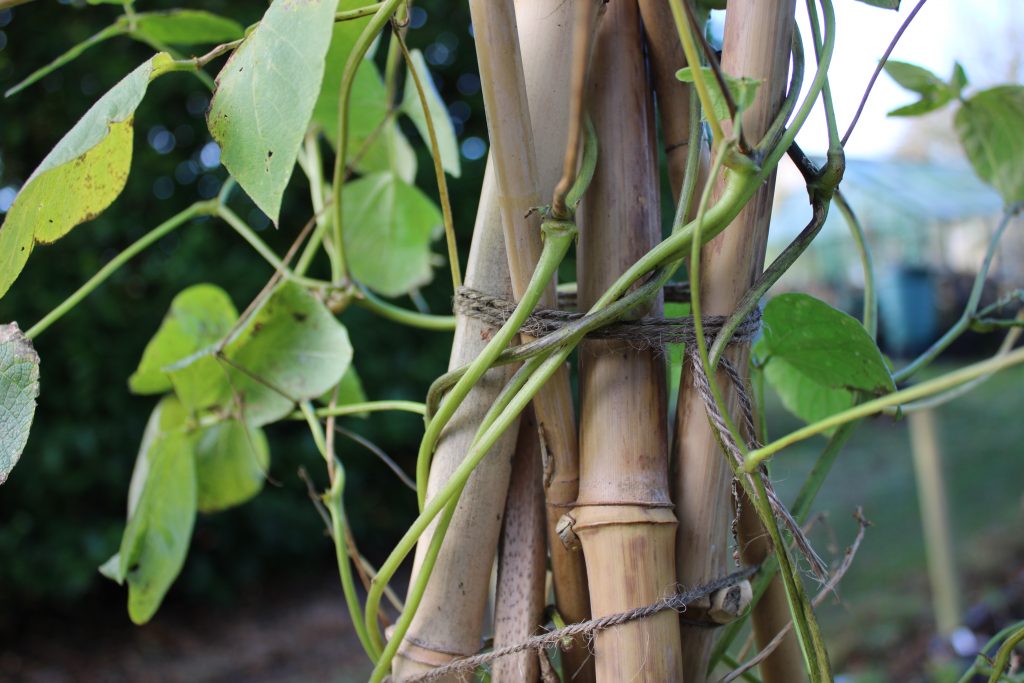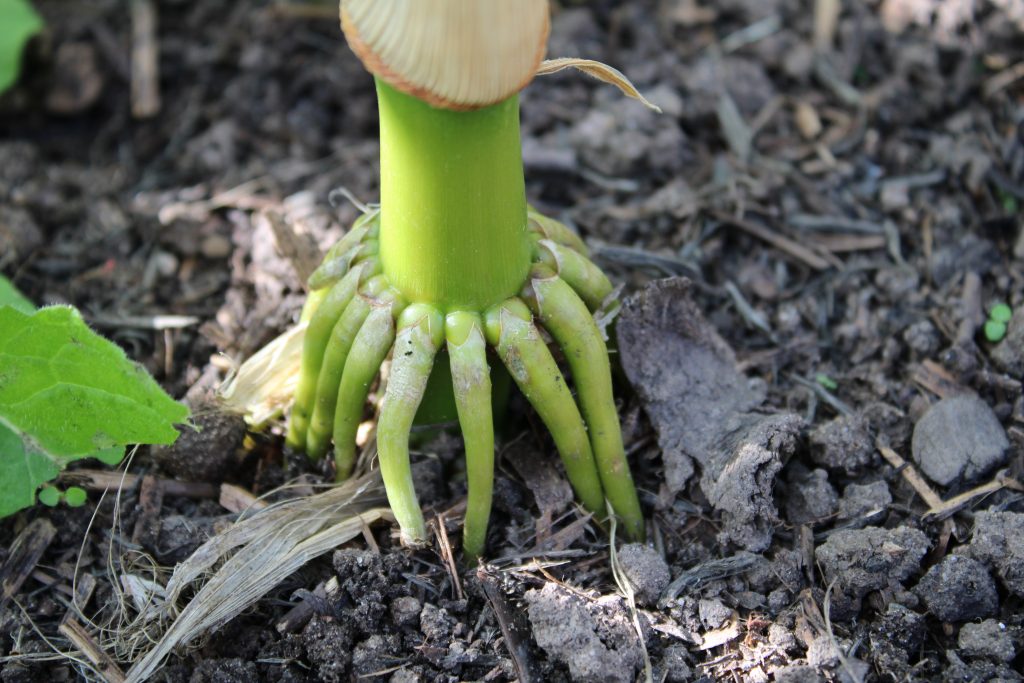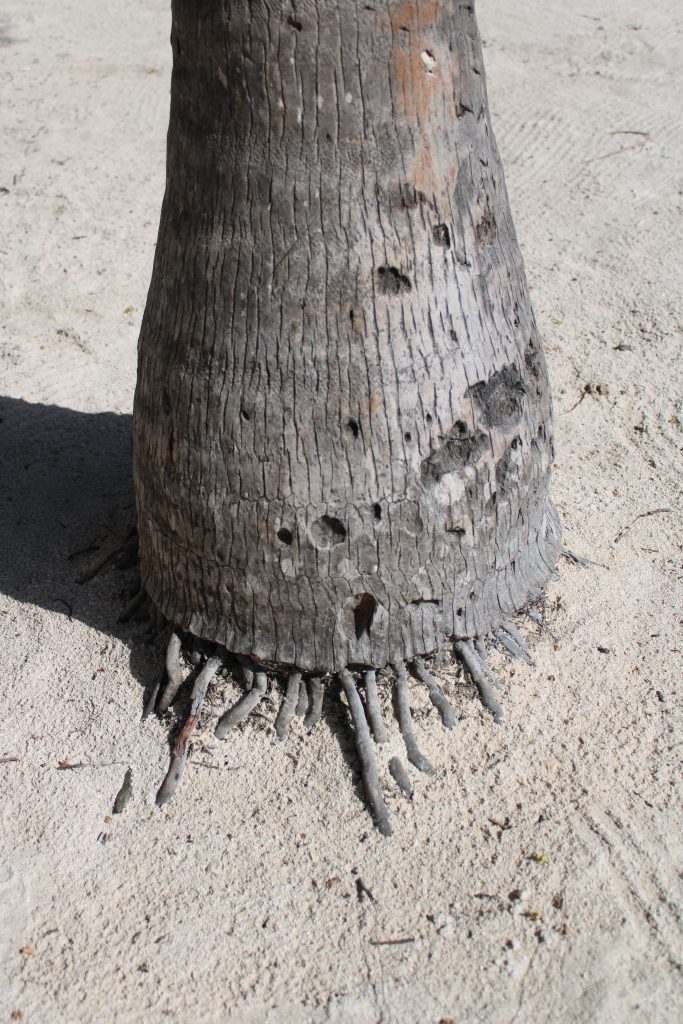This blog is most relevant to R2101 (old syllabus) and some of it is relevant to Unit 2 of the new syllabus Topic 1 (Plant science 2)
Introduction
Plant adaptations are when a plant organ does a different job compared to its usual function. For example, the main job of a plant stem is to hold the leaves aloft for photosynthesis, but they can also adapt to twine around structures, turning the plant into a climber.
For each of the main plant organs you are required to know the function of that organ (what is usually does) and some named examples of adaptations. Adaptations are when the plant structure is modified to do something different compared to its usual function. Adaptations have evolved over 1000s of years so that plants can adapt and survive in different habitats.
We will look at each plant organ in turn, list the function(s) and then look at the adaptation examples in detail. We will focus on the named examples outlined in the RHS level 2 syllabus (old syllabus) but there are a few other examples listed just for interest.
The three organs we are focusing on are stem, root and leaves.
Stem
Primary functions of the stem
- Holding leaves in the best position for photosynthesis.
- Holding flowers in the best position for pollination.
- Transport of water, nutrients and sugars.
- Holding fruits in the best position for seed dispersal
Stem Adaptations
1. Protection
i)Thorns
Named Example: Crataegus monogyna (hawthorn)
The whole of the stem is adapted to form a sharp hard spike which deters predators. A thorn is very strong and cannot be snapped off easily when you push your finger against it. It arises from the whole body of the stem.
Other example of thorns for interest: Pyracantha coccinea (Firethorn).

ii) Prickles
Named Example: Rosa rugosa and most rose species.
Technically the ‘spikes’ on rose stems are called prickles rather than thorns. Prickles can be ‘pushed off’ easily by pressing your finger against them. They are different to thorns in that they are made from the stem epidermis (the outer layer) and so are not as strong as thorns which are an adaptation of the whole stem. Prickles will protect from predators and will also help the rose to climb if it is a rambling or climbing rose, as they hook onto supports.
Other examples of prickles for interest: Rubus fruticosus (blackberry)

2. Storage / Perennation
Perennation is when a plant can survive between growing seasons when conditions are unfavourable with stored food reserves. For stems there are a number of ways that stems are adapted to assist with perennation.
i) Corms
Named Example Crocus sativus
A corm is a solid swollen underground food storage stem which perennates below ground. Corms are solid stem tissue which can be seen when they are cut in half. They also tend to be flatter in shape compared to bulbs. (see later) The dormant period can be during Winter or Summer depending on the plant species.
Other named examples of corms for interest: Crocosmia × crocosmiiflora (monbretia), Gladiolus species

ii) Stem tuber
Named Example: Begonia x tuberhybrida
Begonia tubers are large swollen underground food storage stems with buds. They are tender and need to be stored in a frost free place over Winter.
When you are talking about tubers don’t get confused. There are stem tubers and root tubers.(see later)

iii) Rhizomes
Named Example: Iris germanica.
A rhizome is an underground stem. Iris germanica is unusual in that it is not completely below ground as it sits half in the soil and half above the soil. This rhizome is very large and swollen.
Other examples of perennating rhizome for interest: Ginger (Zingiber officinale)

3. Climbing
Twining stems
Named example: Wisteria passiflora
Movement of shoot tips allows the stem to twine around a structure when it touches it.
Other examples of twining stems for climbing for interest: Phaseolus coccineus (runner bean), Lonicera periclymenum (climbing honeysuckle), Humulus lupulus (hop)

4. Natural Vegetative Reproduction
These are structures which help the plant to spread and reproduce. This is not perennation, this adaptation makes MORE of the plant.
i) Stolon / Runner
Named Example: Fragaria x ananassa (Strawberry)
A creeping above-ground stem which originates from the base of the plant. The stolon then forms adventitious roots at the nodes where it touches the ground.
Other examples for interest: Ranunculus repens (Creeping buttercup), Chlorophytum comosum (spider plant)

ii) Rhizome
Named Example: Festuca rubra (A lawn grass)
A creeping below ground stem which spreads out from the parent plant and forms roots at nodes and sends up shoots.
Other named examples for interest: Many are weeds which helps them to survive control. E.g. Elymus repens (couch grass)

iii) Stem Tuber
Named Example: Solanum tuberosum (Potato)
A potato tuber will turn into lots of potatoes if planted. You can remember that a potato tuber is an adapted stem because it will go green if exposed to the light and the eyes you see on it are where buds will emerge.

Roots
Primary Functions of the root
- Anchorage
- Water uptake
- Mineral uptake
Roots are continually branching and exploring the soil for nutrients and water.
Root Adaptations
1. Food Storage / perennation
i) Thick Tap Roots
Named Example: Daucus carota
Thick tap roots store large amounts of starch in cells in the tap root. This storage of food allows perennation which is when the plant is carried through from one season to the next. Carrot is in fact a biennial and the root starts to wither as the food reserves are used up for growth and flowering in the second year. Gardeners will harvest the tap root before this process starts.

ii) Root Tubers.
Named Example: Dahlia ‘Bishop of Landaff’
Some plants have swollen root tubers which store food. Dahlia tubers should be lifted and protected from frost and then planted again in late Spring after growth has been started off under protection.

2. Facilitate Climbing
Adventitious roots
Named Example : Hedera helix
Adventitious roots allow the plant to climb vertically if planted against a vertical surface. Adventitious roots grow from the stem and anchor the plant to the wall.
Other example for interest: Hydrangea anomala subsp. petiolaris (climbing hydrangea)

3. Support
Prop roots
Named Example Zea mays (Sweetcorn)
Prop roots are roots that grow above the soil level in order to stabilise the plant. These roots arise from the stem and so are adventitious roots (meaning roots arising from an unusual place) Prop roots often develop in plants that are tall and likely to be blown over by the wind.
Other named example for interest: Impatiens glandulifera (himalayan balsam), palm trees. There are also buttress roots found on mature trees but these are not covered in the syllabus.



Leaves
Primary function of leaves
Photosynthesis.
Leaf Adaptations
1. Protection
Spines
Named examples: Berberis thunbergii (deciduous Berberis), Berberis darwinii (Evergreen Berberis)
When it is the leaf which is adapted to deter predators, the spikey parts are called spines. In some plants it is the edge of the leaf (the leaf margin) which is spiney and in other plants it is the whole leaf which forms a spine. Berberis shows both variations.
Other examples for interest: Ilex aquifolium (Holly) has spines at leaf margin.


2. Food storage / perennation
Perennation is when a plant can survive between growing seasons when conditions are unfavourable. There is a period of reduced growth between seasons.
Bulbs
Named Examples : Narcissus ‘February Gold’ and Lilium regale
Bulbs are made from swollen modified leaves (scales) If you cut an onion in half you can see the layers of swollen leaves.
There are 2 main types of bulbs. Bulbs covered with a papery tunic (Tunicate, eg Narcissus species) and scaly bulbs (No papery tunic, eg. Lilium species)
Both bulb types are leaf adaptations for storage and perennation
Other examples for interest: Tulipa species, Galanthus nivalis (Snowdrops), Muscari armeniacum (Grape hyacinth)


3. Water Storage.
Leaf cells store water(succulent leaves)
Named Example: Hylotelphium telphium (syn. Sedum spectabile)
Leaves are swollen and store water. Often these types of plants are classified as succulents and thrive in dryer conditions. There are many other varieties of Sedum that are succulent which are often used on green roofs.
For more sedums see: https://worldofsucculents.com/?genera=sedum

4. Facilitate Climbing
i) Tendrils
Named Example: Lathyrus odoratus (sweetpea)
Modified upper leaflets that become very thin and long, forming tendrils. They respond to contact and coil tightly around an object whereby plants gain stability and can climb.

ii) Twining petioles
Named Example: Clematis montana
Modified leaf petioles that twist around other stems or wire/trellis for anchorage so they can climb. The petioles are long and loop around thin structures for anchorage.

5. Attracting pollinators
Bracts
Named Example: Hydrangea arborescens ‘Annabelle’
Bracts are modified coloured leaves which look like flower petals, in fact they can be mistaken for petals. Species with bracts generally have very small / insignificant flowers. The colourful bracts attract the pollinator to the small flower in the centre.
Other examples for interest: Euphorbia pulcherimma (Poinsettia) has large red bracts, Euphorbia characias has lime green bracts surrounding a tiny flower. Eringium have a ‘ruff’ of decorative spikey bracts.


So what about flowers and fruits?
There is a lot of information to learn about flowers and fruits. However, both flowers and fruits do one main job and are not greatly adapted to perform different functions compared to stems, roots and leaves.
Functions of Flowers:
- Aid pollination by attracting pollinating insects
- Give rise to seeds
- Give rise to fruits
Different flowers have various characteristics depending on whether they are wind or insect pollinated so although they can look very different, they are still doing their main function – pollination, giving rise to seed and fruits. Hence there are no special adaptations to describe for flowers, just different characteristics.
Functions of a Fruits:
- To aid in protection of the seeds
- To aid in dispersal
- May impose dormancy on the seed
The same can be said for fruits, as for flowers. There is a diverse range of fruit types ranging from tomatoes to nuts to poppy capsules. The different designs relate to dispersal methods. Nuts are gathered and buried for winter stores by squirrels whereas a poppy capsule sways in the breeze and seeds exit via small pores. There is a lot to learn about the characteristics of fruits and seeds and methods of dispersal but again they are not adaptations as they are all doing the same job: The fruits are designed to protect the seeds held within as well as spreading the seeds as far away from the parent plant as possible to avoid competition and increase their chance of survival.
Flowers and fruits have very diverse characteristics, but their function remains constant. Flowers are designed to ensure pollination and fruits are designed to protect and disperse seed. It is important to study the characteristics of wind and insect pollinated flowers and the different methods of fruit and seed dispersal, but this is more about diversity of characteristics rather than doing a different job. Hence there are no specific adaptations covered in this blog.
Confusing bits clarified
Rhizomes are mentioned in 2 sections under stem adapatations. For the food storage/perennation example, the named example is a big fat rhizome (Iris germanica) so in this case the adaptation is more about perennation rather than spreading. Rhizomes are also mentioned as a means of natural vegetative reproduction (Festuca rubra, a lawn grass) In this case the rhizomes are thin and long so the main adapation is spreading. HOWEVER there are some rhizomes like hedge bindweed which are spreading and quite fleshy in nature so could fit under the perennation or vegetative reproduction heading.
Climbing – Be careful to remember that for Hedera helix (Ivy) it is the roots that are adapted, not the stem.
Rhizomes and stolons
Rhizomes spread sideways underground and stolons spread sideways above ground.
Bulbs and corms look very similar from the outside but when you cut them in half, bulbs show the fleshy layers of leaves and corms have a hard solid centre which is stem. You just have to learn which is which.
Finally here are summary tables of everything covered above.









